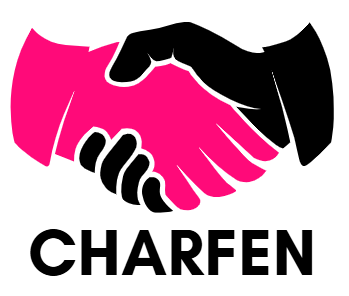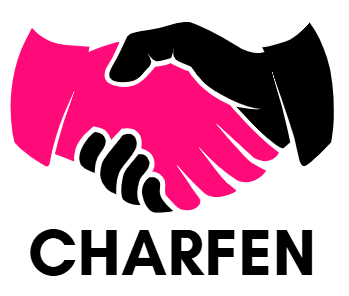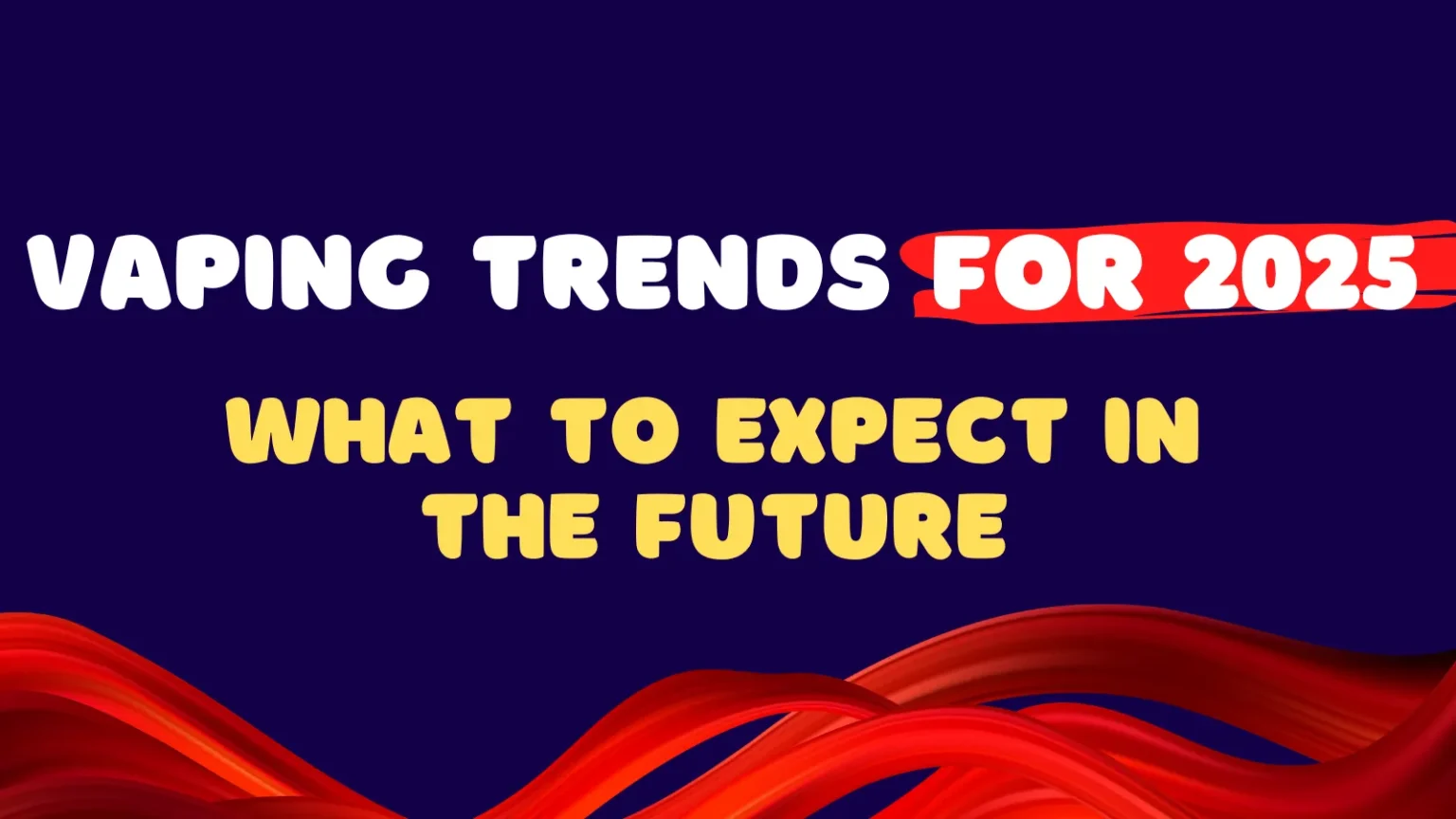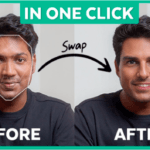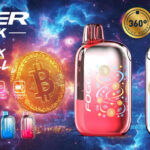Advertisement
The vaping industry has always been a dynamic and rapidly evolving market. What started as a niche alternative to smoking has grown into a global phenomenon, blending technology, lifestyle, and wellness. As we enter 2025, the world of vaping is experiencing another wave of innovation, regulation, and consumer-driven transformation. From smarter devices and eco-conscious materials to personalized nicotine delivery and emerging market trends, the future of vaping is shaping up to be more advanced, responsible, and exciting than ever before.
1. The Rise of Smart Vaping Devices
One of the most significant trends redefining vaping in 2025 is the integration of smart technology. Devices now come equipped with AI-driven features, sensors, and connectivity options that make vaping more personalized and efficient. Imagine a vape pen that tracks your nicotine intake, recommends optimal settings, and even syncs with your smartphone to provide health insights.
These intelligent systems are designed to offer greater control and consistency. Adjustable temperature settings, puff counters, and cloud customization are no longer premium add-ons—they’re becoming standard features. Some devices can even analyze e-liquid composition and adjust heating elements to ensure flavor fidelity and vapor quality.
The next generation of products, like Hyola ultra 30k, exemplifies how far the industry has come. It combines extended battery life, enhanced airflow systems, and smart performance analytics to deliver a smooth and tailored vaping experience. Such products reflect how consumer demand for innovation and reliability continues to push manufacturers toward high-tech excellence.
2. Sustainability Takes Center Stage
The global shift toward sustainability is influencing every sector, and vaping is no exception. In previous years, disposable vapes raised environmental concerns due to their plastic waste and non-recyclable components. By 2025, however, manufacturers are adopting more eco-conscious materials and developing recyclable, rechargeable, and biodegradable alternatives.
E-liquid packaging is also becoming greener, with many brands transitioning to recyclable glass or aluminum containers. Meanwhile, refillable pods and modular designs are reducing single-use waste. Even battery manufacturers are experimenting with long-lasting lithium-free technologies and solar-assisted charging systems.
Governments are also playing a role in sustainability. New policies in several countries encourage responsible disposal of vape products and incentivize recycling initiatives. The vaping community, in turn, is embracing this eco-friendly direction, proving that innovation and environmental awareness can coexist.
3. The Regulatory Evolution
Regulation has always been a major factor in shaping the vaping industry. Over the past decade, inconsistent policies across countries have caused confusion among both consumers and producers. In 2025, a clearer and more standardized framework is emerging.
Many regions are implementing comprehensive rules that focus on product safety, transparency, and responsible marketing rather than blanket bans. For example, e-liquids now often require lab-certified ingredients, accurate nicotine labeling, and traceable production origins.
This increased transparency benefits both consumers and legitimate manufacturers. It curbs the rise of counterfeit products while fostering trust in reputable brands. Moreover, with the growing acceptance of vaping as a harm-reduction tool for smokers, public health discussions are increasingly shifting from prohibition to education.
4. Flavor Science and Customization
Flavor remains one of the most compelling aspects of vaping. In 2025, flavor development has reached new heights thanks to advancements in flavor chemistry and atomization technology. The goal isn’t just to create more flavors—but to make them more authentic, consistent, and customizable.
Modern vapes allow users to mix and match flavor cartridges, adjust sweetness levels, or fine-tune vapor density. AI-based flavor profiling can even suggest combinations based on user preferences and previous usage patterns. As consumers become more discerning, manufacturers are focusing on natural flavoring agents and organic ingredients to ensure a premium, safe, and satisfying experience.
Interestingly, regional preferences continue to shape flavor innovation. In Asia, fruit blends dominate the market, while Western users gravitate toward dessert and menthol varieties. This cultural diversity keeps the global flavor market vibrant and competitive.
5. The Shift Toward Nicotine Alternatives
Health-conscious consumers are driving another major trend: nicotine-free and low-nicotine vaping. More people are choosing to enjoy the sensory experience of vaping without relying on nicotine dependency. This has led to the development of herbal and CBD-infused vapes, offering relaxation without addiction risks.
In addition, synthetic nicotine and salt-based formulations are evolving to provide smoother throat hits with lower nicotine levels. Some brands are even introducing adaptive nicotine delivery systems that automatically reduce nicotine concentration over time, helping users taper down gradually.
These innovations reflect a broader trend—vaping as a tool for wellness, not just recreation. The industry’s future lies in providing users with more choices and healthier options.
6. The Growth of the Global Vape Economy
The vaping industry continues to be one of the fastest-growing markets worldwide. According to market analysts, global vape sales are projected to exceed $35 billion by the end of 2025. Emerging markets in Southeast Asia, Latin America, and the Middle East are driving much of this expansion.
Online retail has become the dominant sales channel, offering convenience, variety, and competitive pricing. Platforms such as Vape Wholesale have enabled retailers and distributors to access the latest products in bulk, supporting both small businesses and large-scale operations. This ecosystem fosters innovation by ensuring that new technologies and designs reach global consumers quickly.
Meanwhile, social media and influencer marketing continue to play a pivotal role in shaping brand perception and consumer behavior. Responsible marketing practices—especially those that avoid targeting minors—are now essential to maintaining credibility and regulatory compliance.
7. The Future of Vaping Culture
Beyond the technology and regulations, vaping has evolved into a cultural movement. Communities of enthusiasts share reviews, modifications, and tips online, while vape expos and conventions showcase cutting-edge devices and e-liquid artistry. The culture has matured from rebellious self-expression into a refined, health-aware lifestyle.
In 2025, digital and virtual communities are taking this culture even further. Virtual reality lounges and metaverse vape experiences allow users to explore products and interact socially in immersive 3D environments. As vaping continues to merge with tech, the boundary between digital and physical experiences grows ever thinner.
8. Challenges Ahead
Despite the optimism, challenges remain. Misconceptions about vaping persist, especially concerning youth access and health impacts. Continuous research and education are crucial to counter misinformation.
Furthermore, the rapid pace of innovation means regulatory bodies must keep up with emerging technologies without stifling progress. Data security and privacy concerns are also becoming relevant as smart vaping devices collect more user information.
Supply chain disruptions and raw material shortages could affect production costs, while stricter import/export policies might reshape regional markets. Nonetheless, the industry’s adaptability suggests that these challenges will inspire new creative solutions.
9. Looking Ahead
As 2025 unfolds, the vaping landscape is poised for its most transformative era yet. The intersection of AI, sustainability, health consciousness, and digital integration is redefining what it means to vape. Consumers are no longer satisfied with just vapor production—they want personalization, safety, and social responsibility.
The future belongs to brands that understand these evolving demands and innovate responsibly. Whether through eco-friendly materials, advanced flavor systems, or intelligent performance analytics, the vaping industry’s next chapter will prioritize both enjoyment and well-being.
Final Thoughts
The future of vaping is bright, dynamic, and deeply intertwined with technological and societal evolution. From smart devices and sustainable production to regulatory maturity and cultural sophistication, the industry in 2025 is far removed from its early experimental days.
As consumers seek cleaner, smarter, and more meaningful experiences, vaping stands at the forefront of lifestyle innovation. The next few years will not just redefine how people vape—but how they think about wellness, technology, and personal choice.
